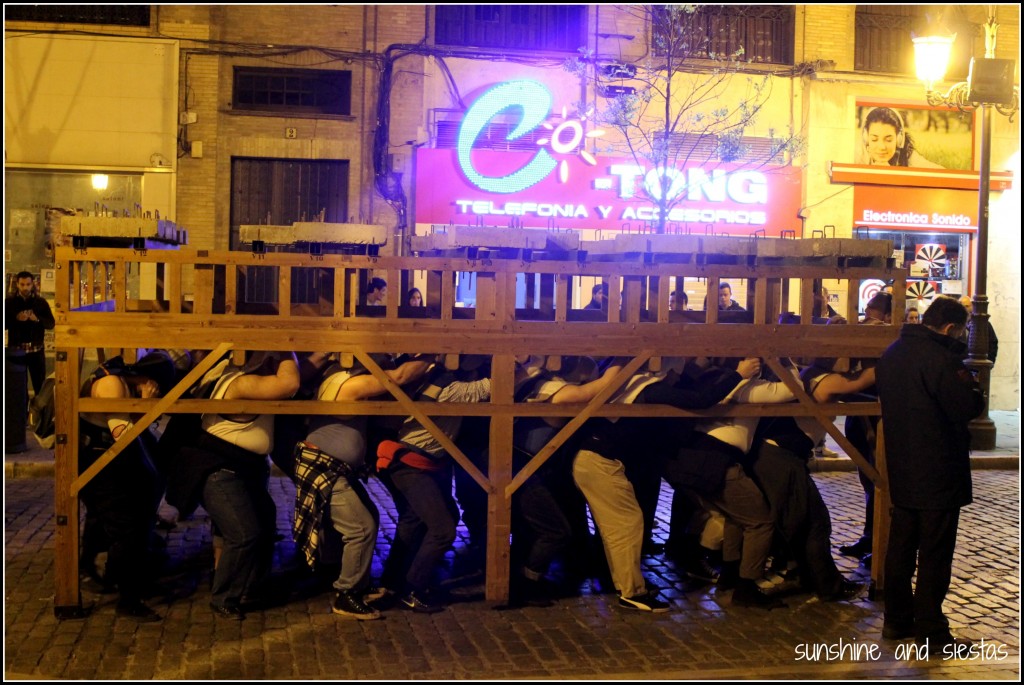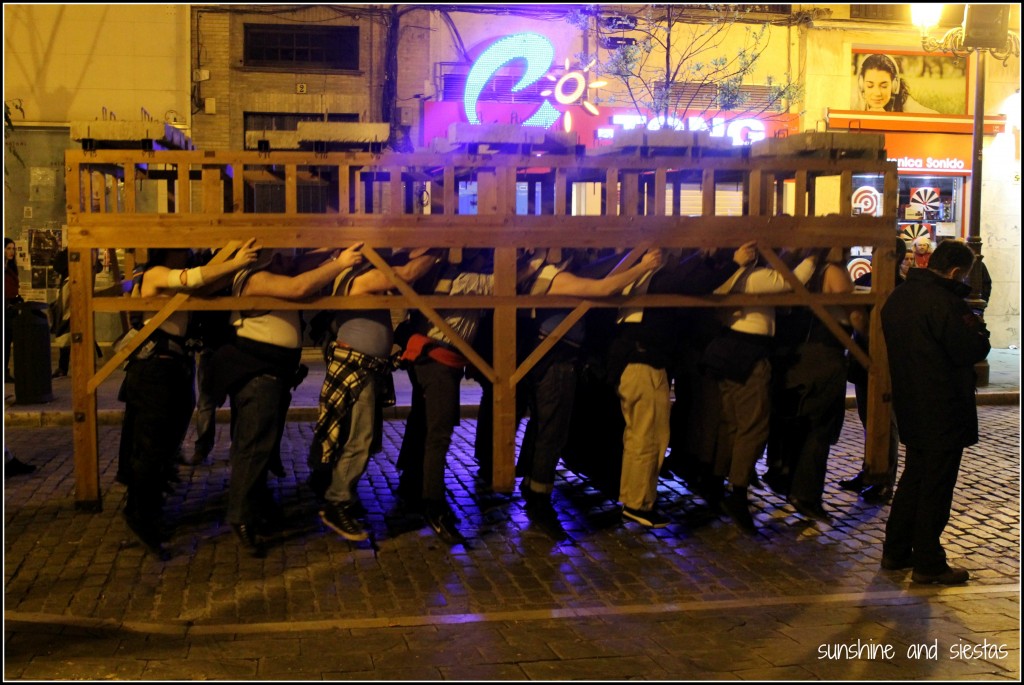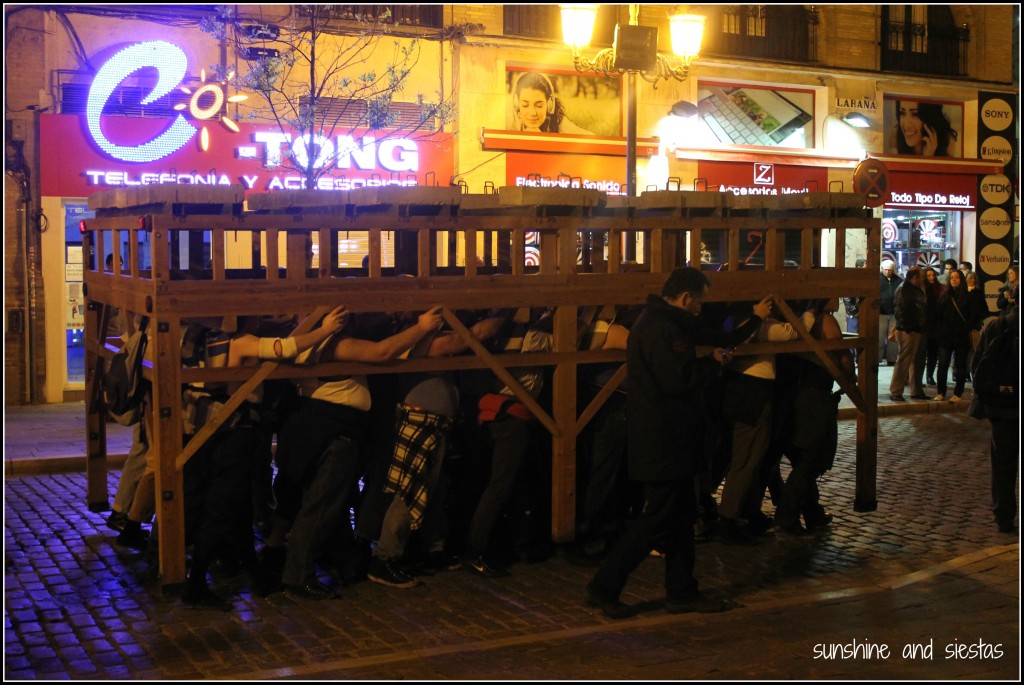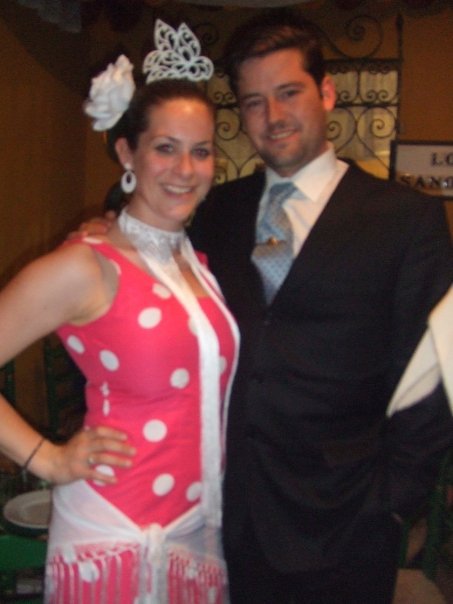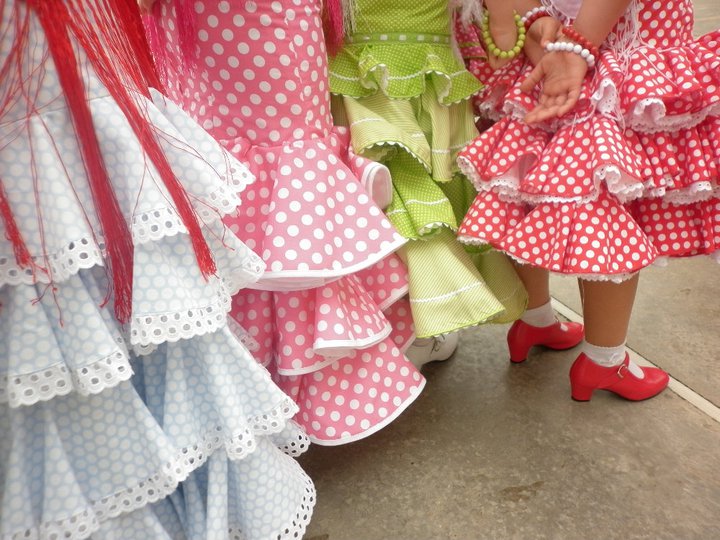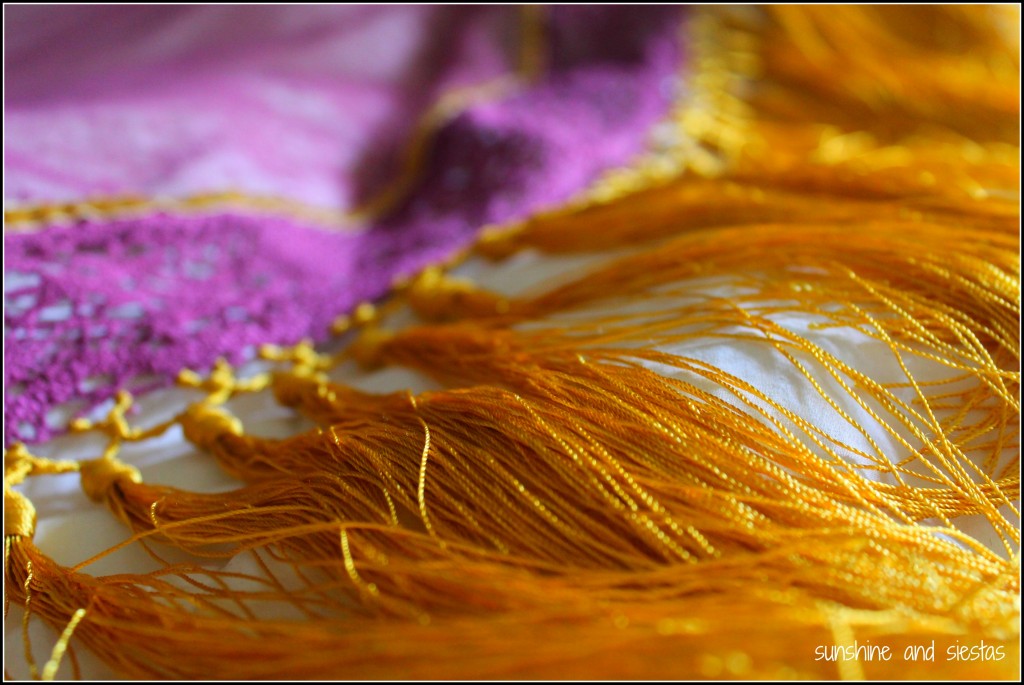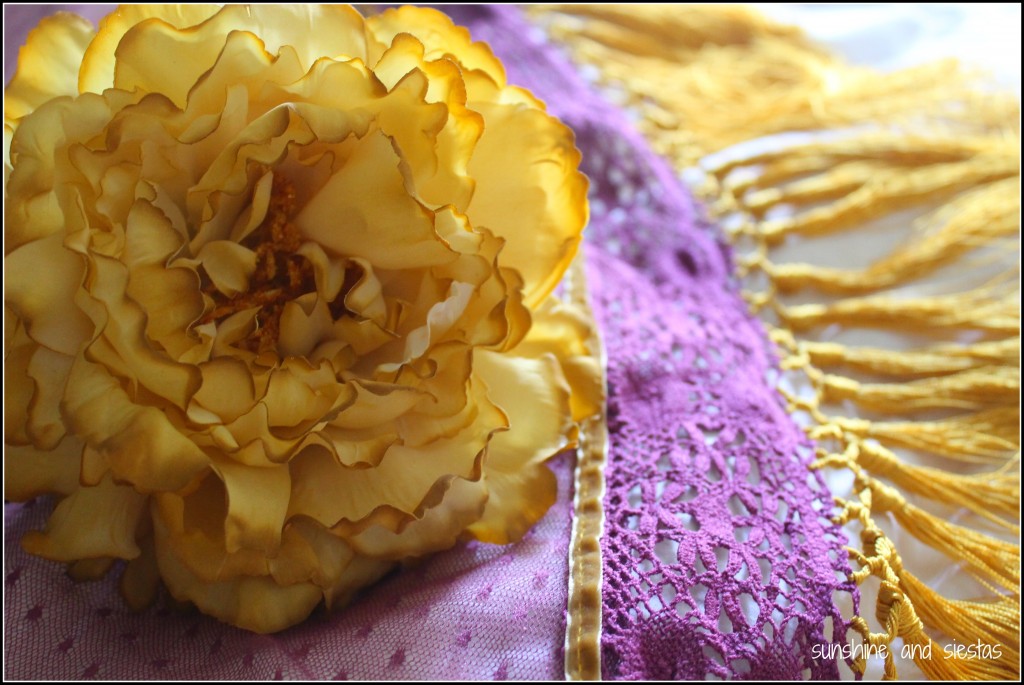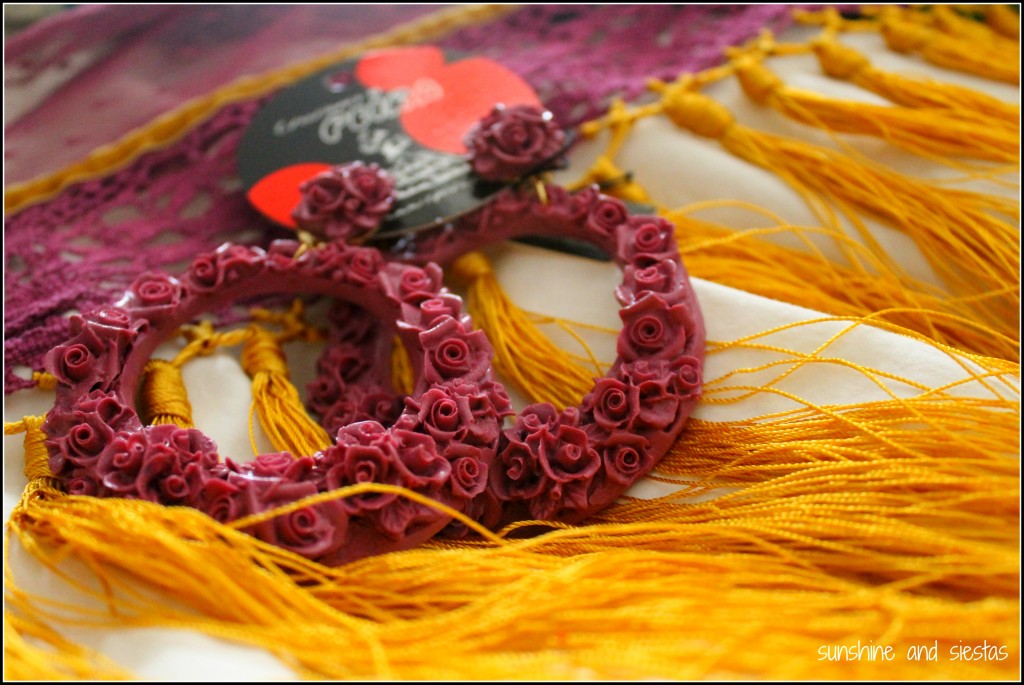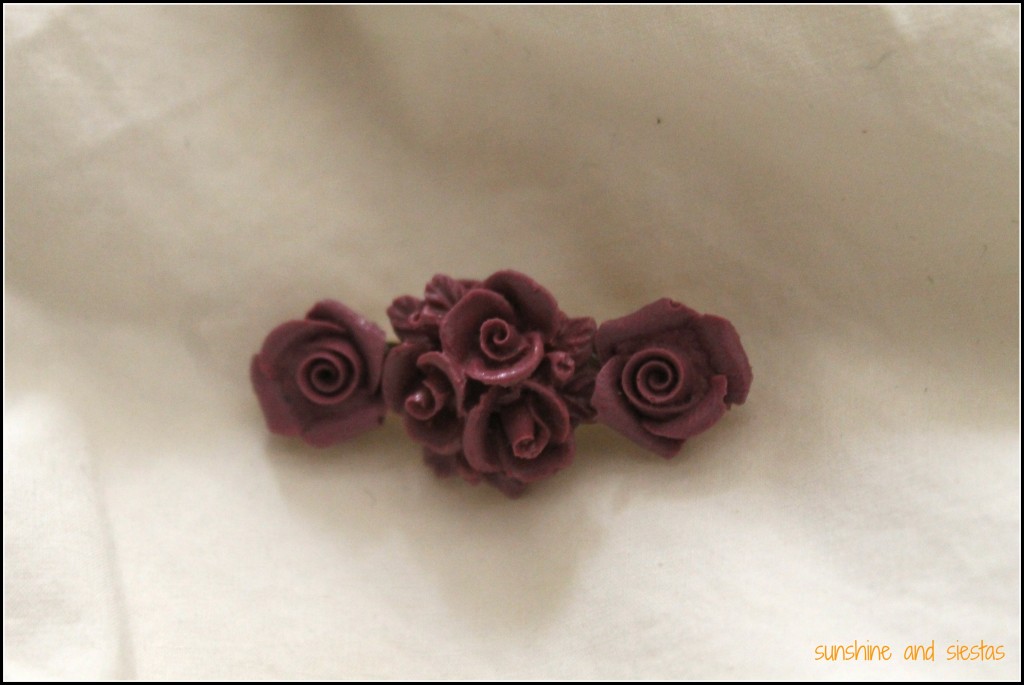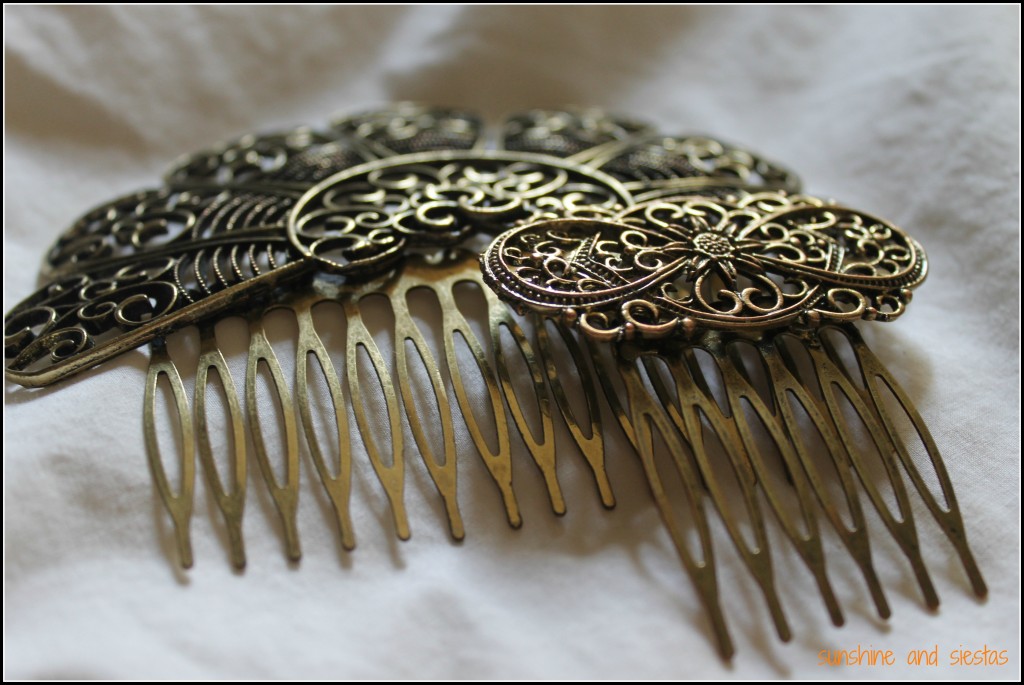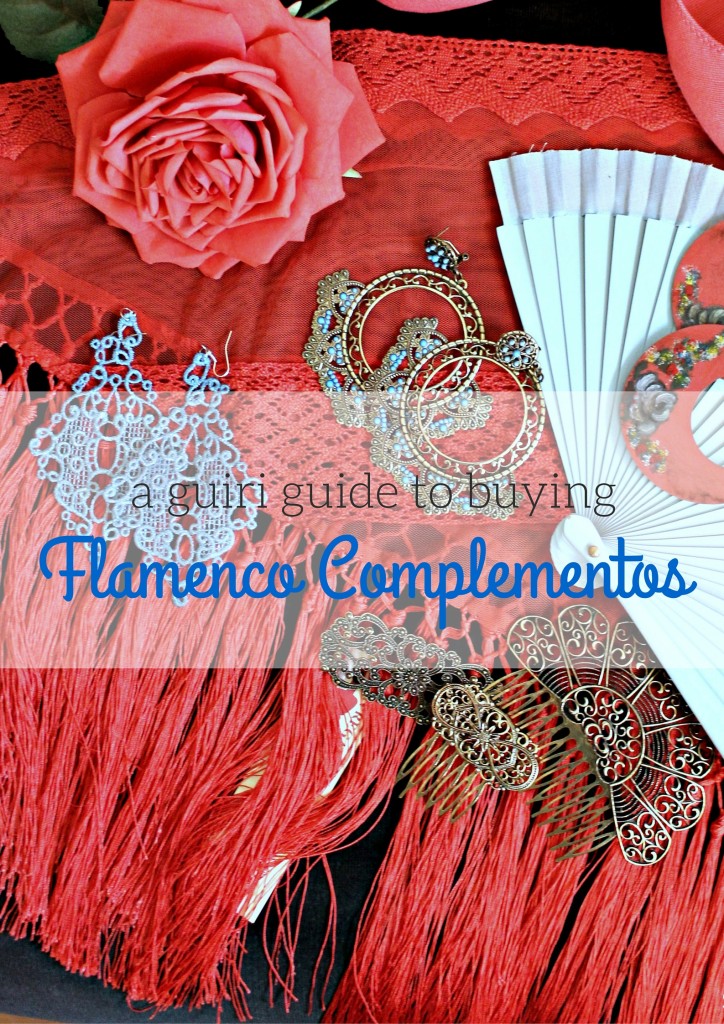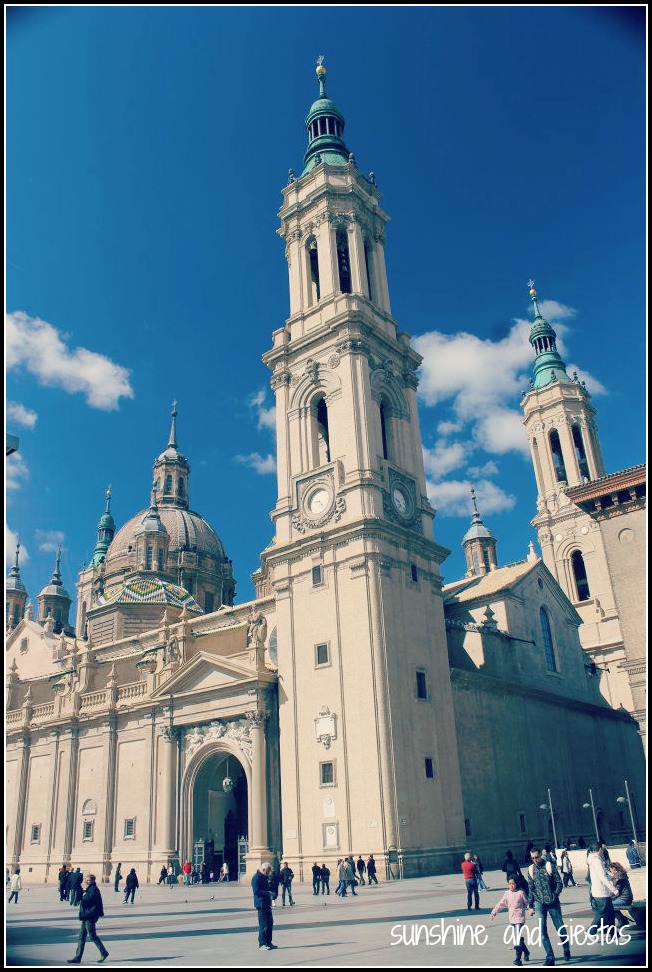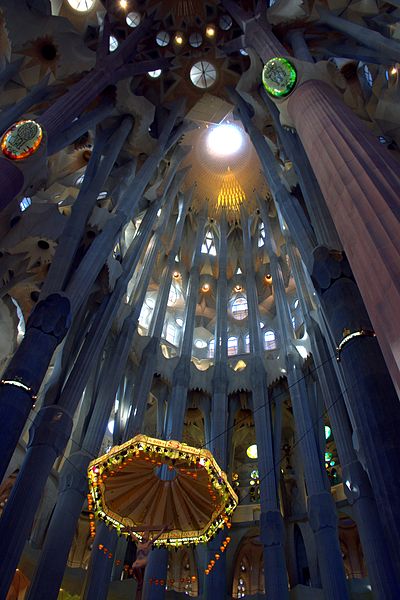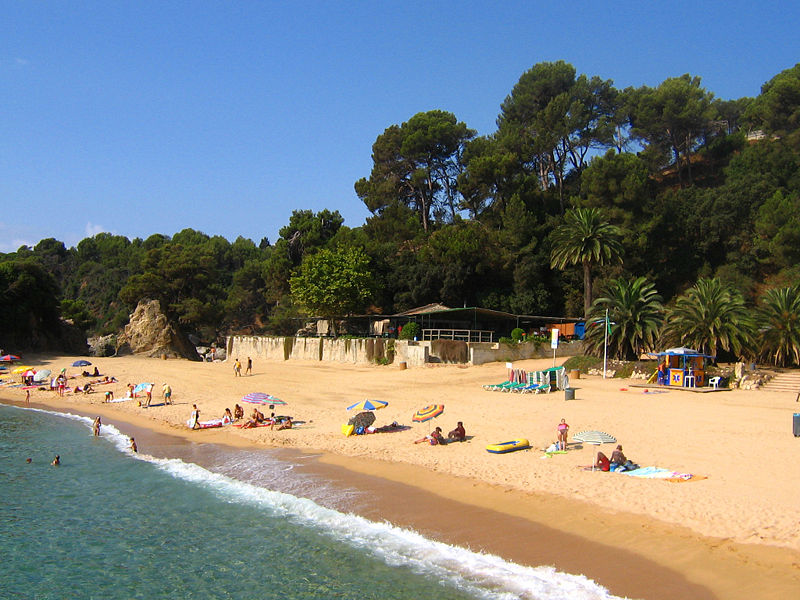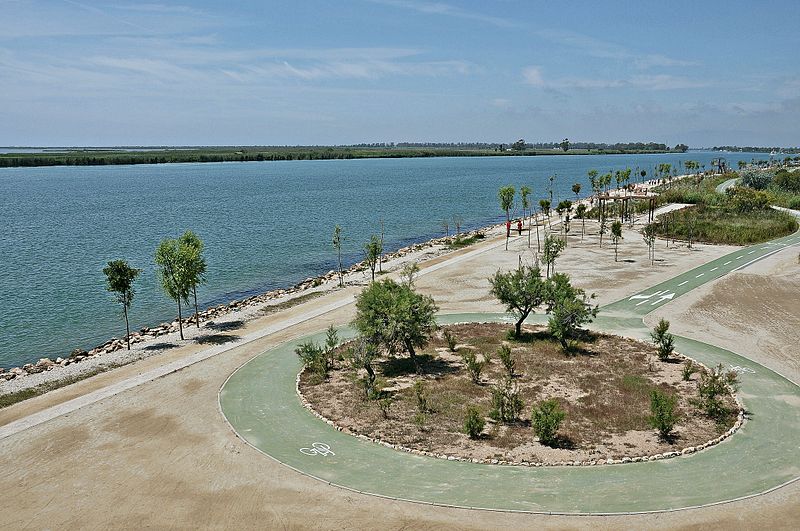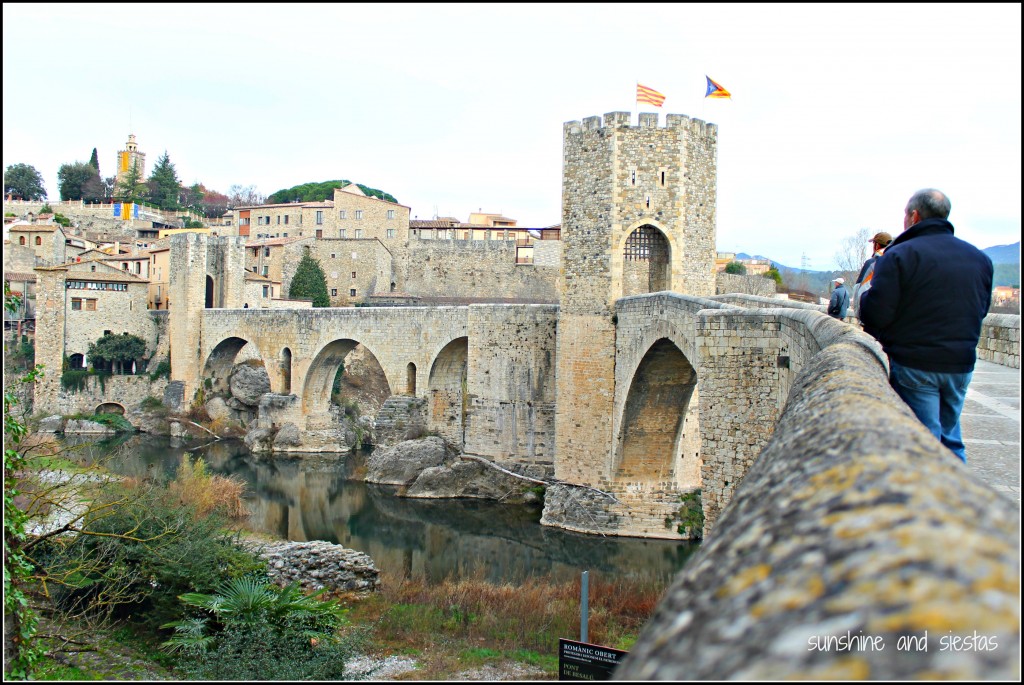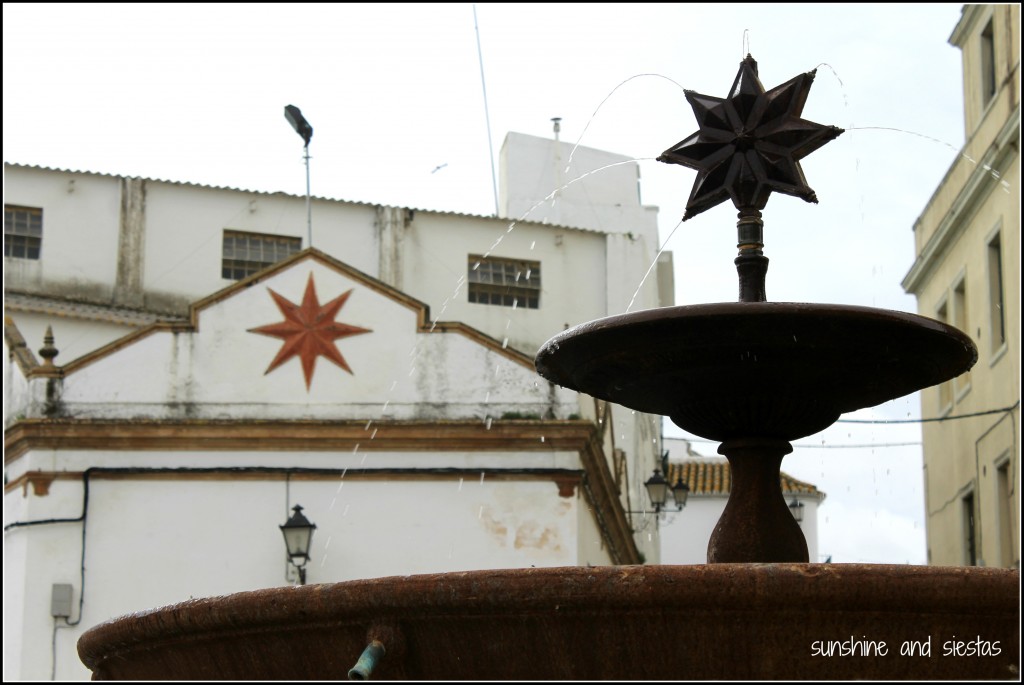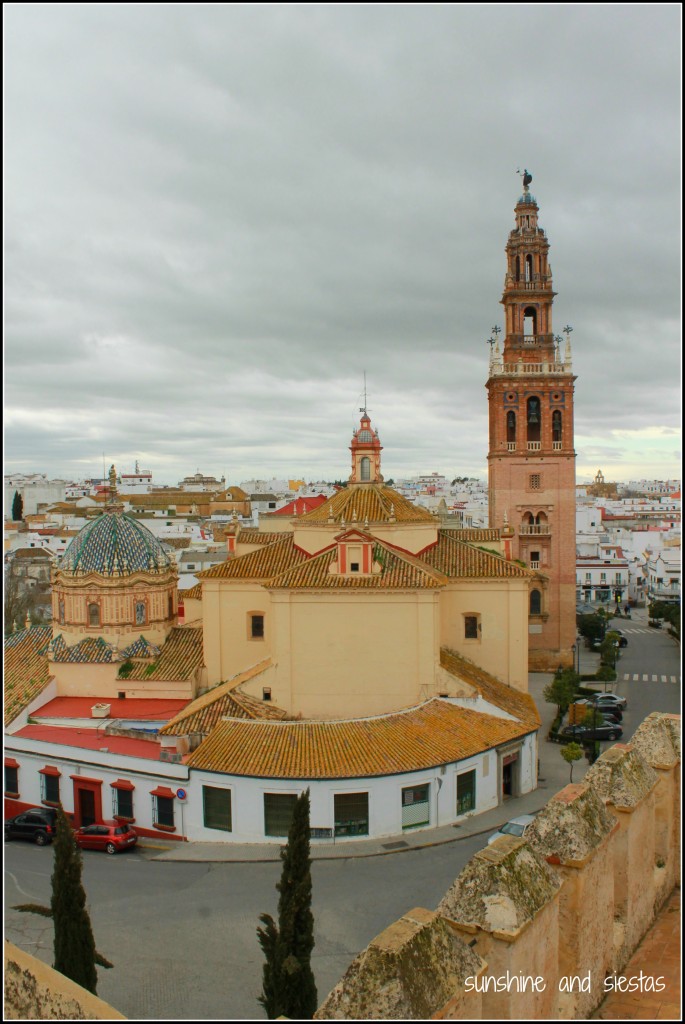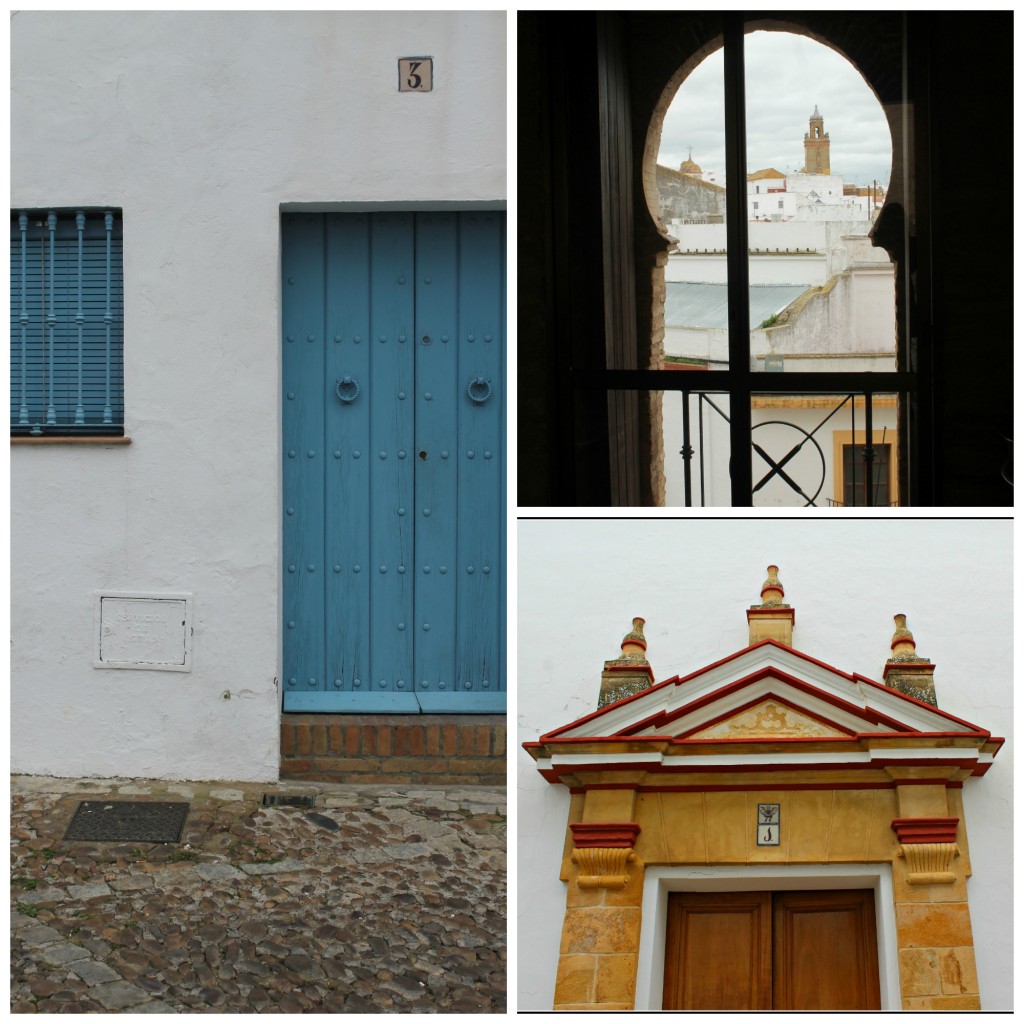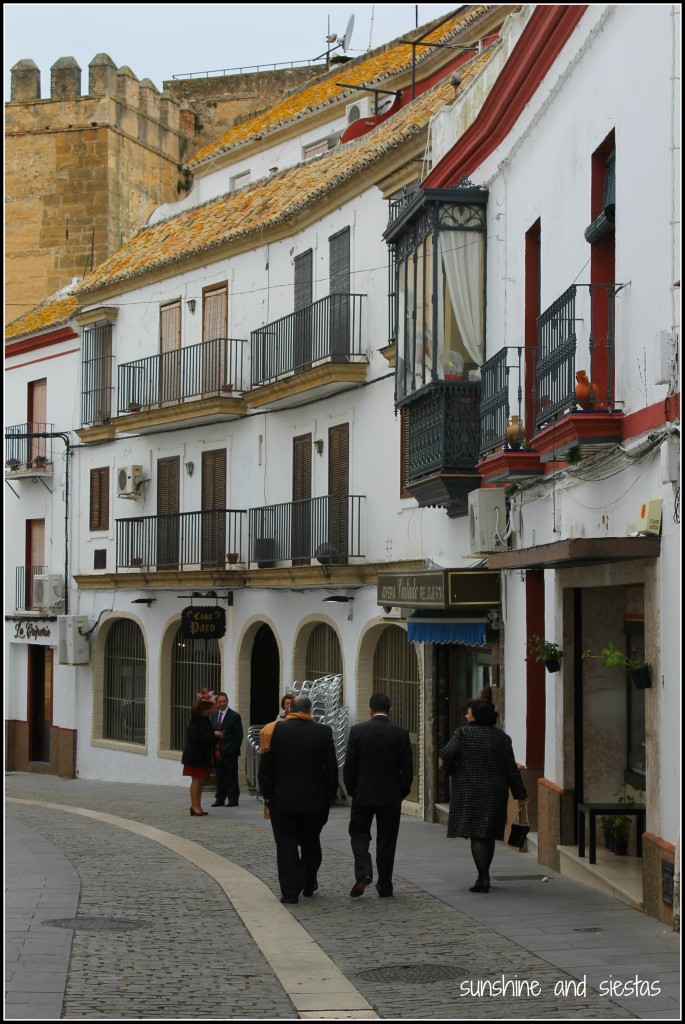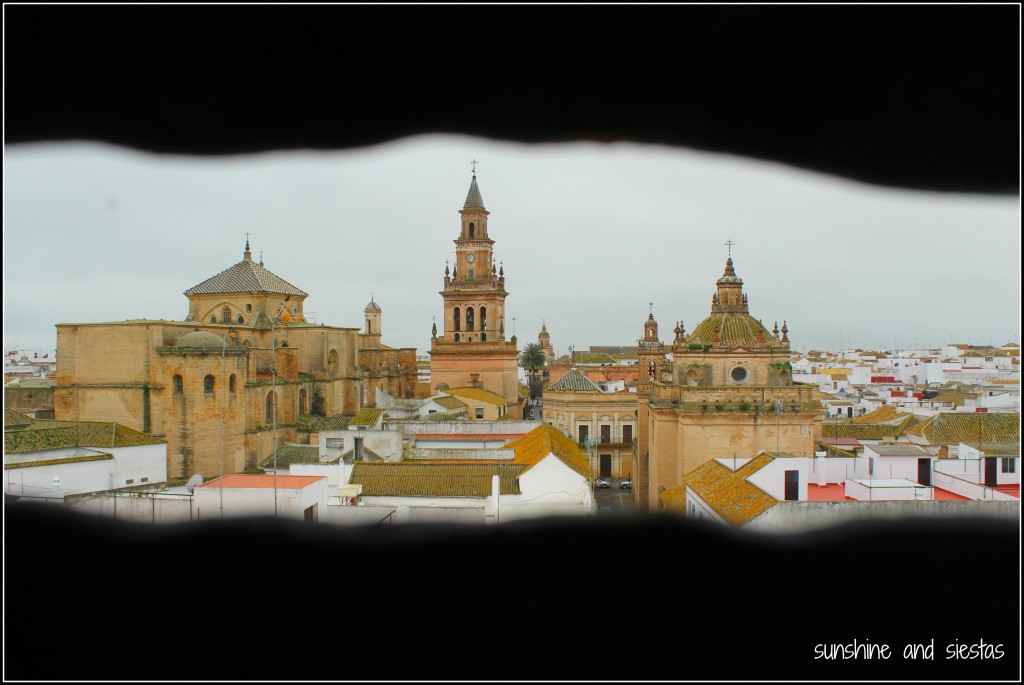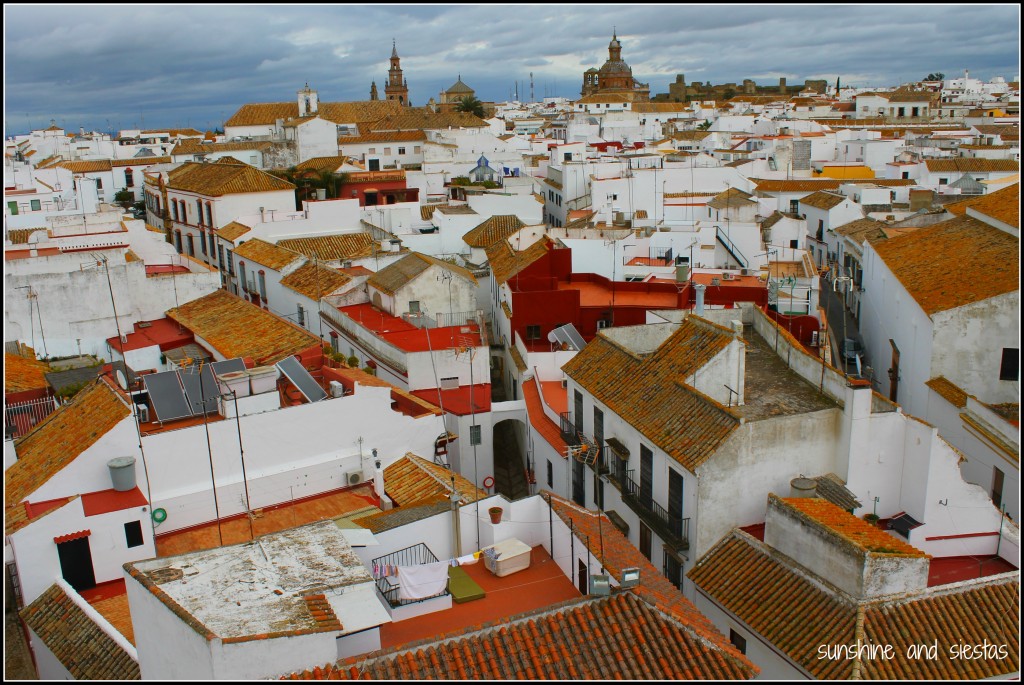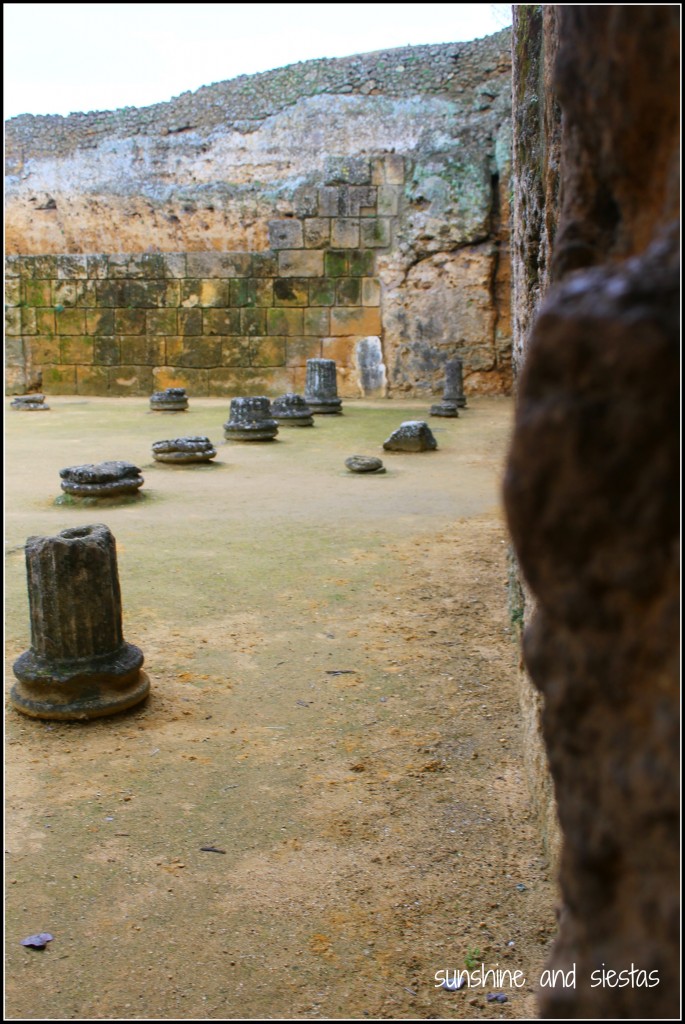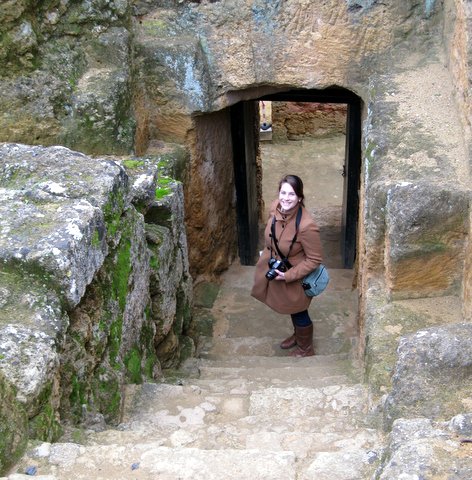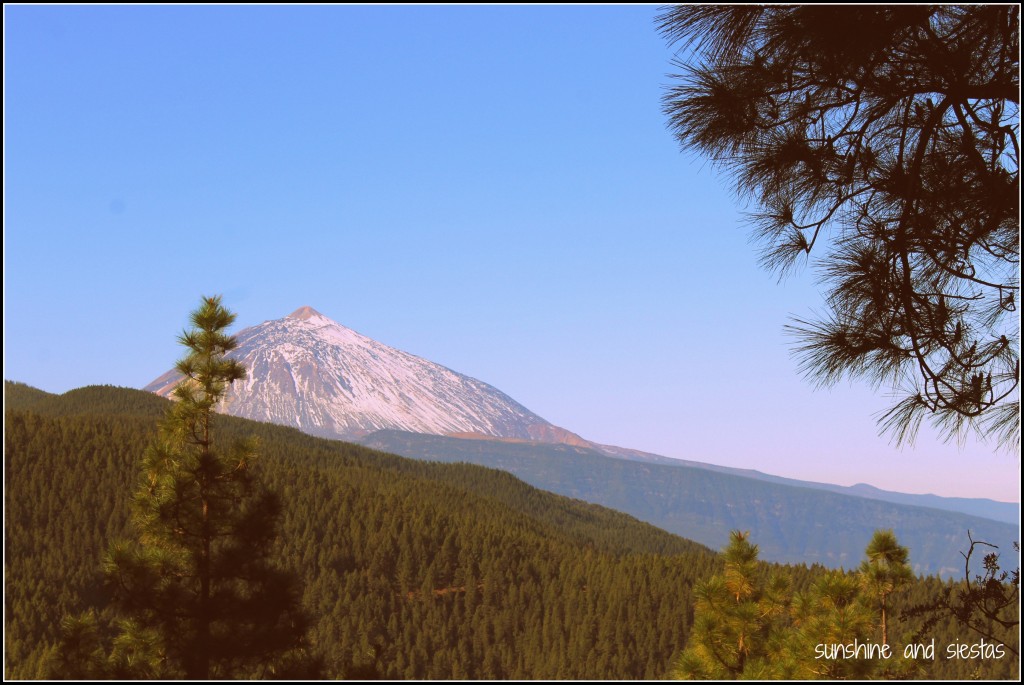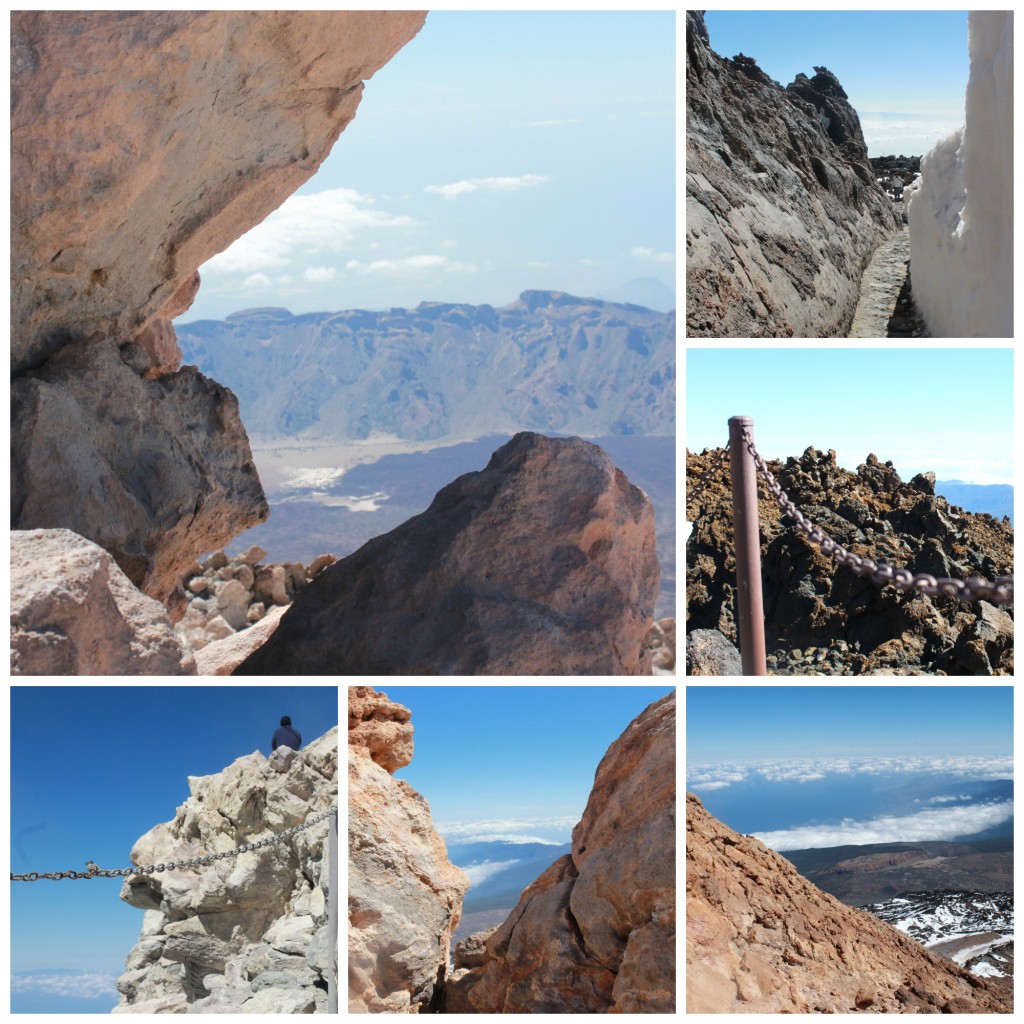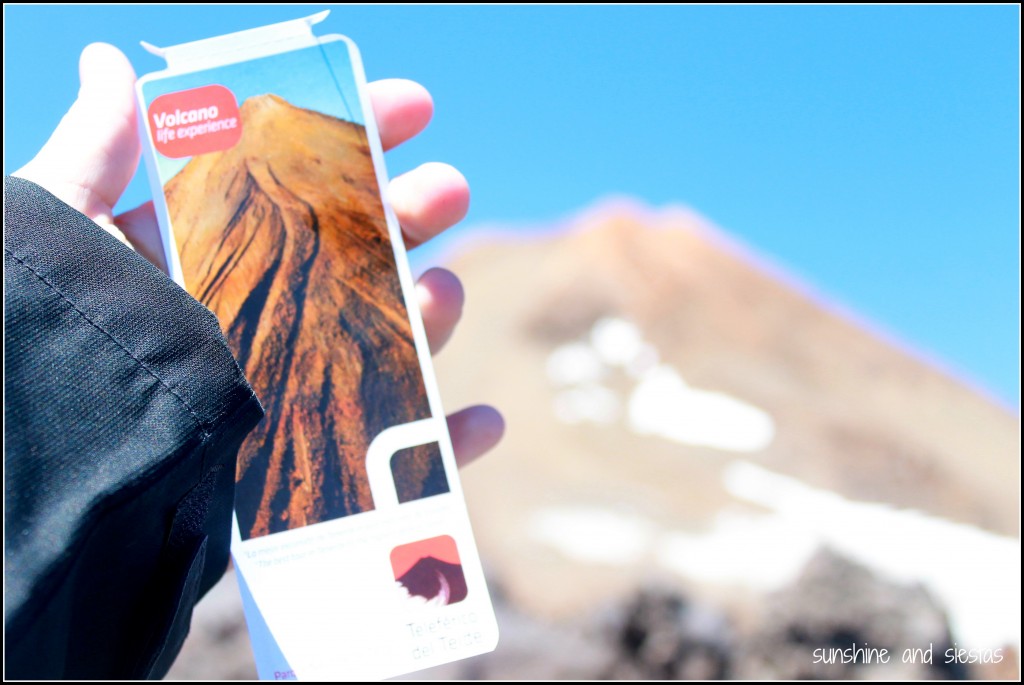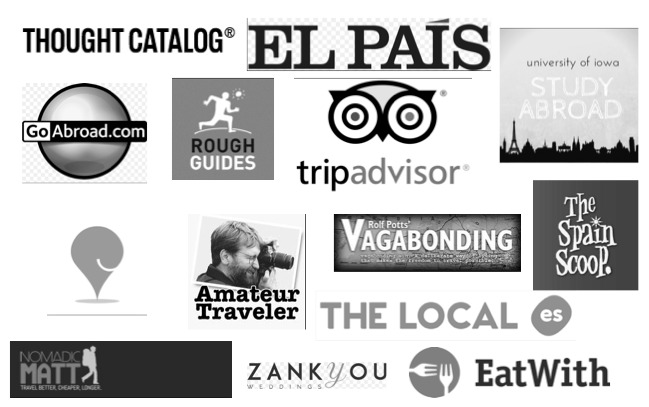The capataz knocks once. As if mechanically, the 40-off men beneath the wooden structure heave together, resting on their heels, hands gripping the wooden beams above their heads.
A second knock, and they launch into the air together.
On the third, the simulation float has rested on their shoulders, and they begin a coordinated dance down the street, walking in sync as they practice for their glorious penitence – Holy Week.
You all know that I paso de pasos (and the crowds, and the brass bands and even the torrijas), but the grueling pilgrimage from one’s church to the Cathedral and back fascinates me. No one bears the brunt more than the costaleros, who must pay for this prestigious position within their brotherhoods and seek penitence through their labor, carrying over 100 pounds for an average of eight hours.
In the weeks leading up to Viernes de Dolores, no less than 60 brotherhoods will crisscross the city to practice, placing cinderblocks on top of the metal float to simulate the large statue, each depicting the final moments of Jesus Christ’s life or of the weeping Virgin Mary. For ten days, Seville is full of religious fervor as the ornate pasos descend on the city center.
For an official route plan with approximate times, check here. You can use this to either catch the processions, or totally avoid them!
What are your Holy Week plans? Have you ever seen Semana Santa in Seville?
